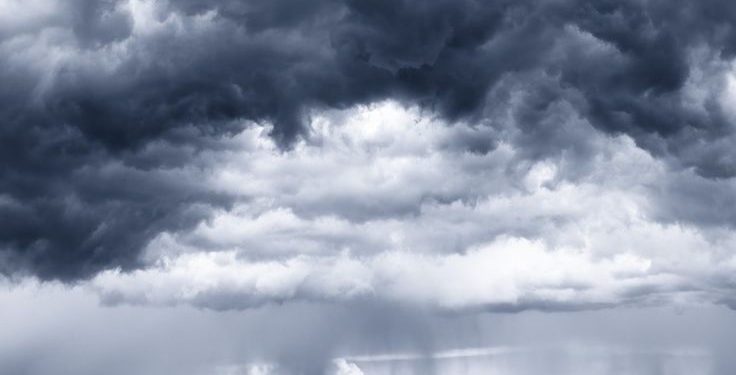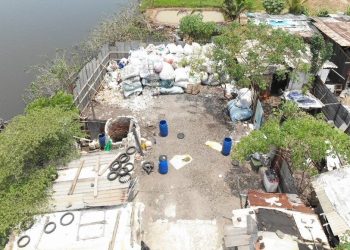Jakarta, Indonesia Sentinel — The East Java Disaster Mitigation Agency (BPBD) and the Meteorology, Climatology, and Geophysics Agency (BMKG) have launched a weather modification operation (WMO) to address potential hydrometeorological disasters in the region.
The operation, which began on Wednesday evening, December 18, will run for five days using a Cessna Caravan 208B aircraft with registration number PK-SNN. This operations was carried out to reduce the impact of extreme weather which is expected to intensify in the following week.
“Today, the WMO can only be carried out for one sortie. Moving forward, we plan to conduct operations over the next five days,” said Gatot Soebroto, the head of BPBD East Java, on Thursday, December 19, as reported by CNN Indonesia.
As part of the operation, a ton of salt (sodium chloride/NaCl) or calcium chloride (CaCl2) was dispersed over the skies above the Madura Strait. “We hope this operation will reduce the impact of extreme weather that could occur in East Java over the coming week,” Gatot added.
The operation was directly monitored from the WMO command center at BMKG Juanda’s office with the assist of Taufiq Hermawan, head of BMKG Juanda Station.
Taufiq Hermawan explained that BMKG supports the operation by providing cloud data and tracking the movement of rain clouds toward East Java. These clouds serve as targets for cloud seeding, during which salt is dispersed using the aircraft.
“With this technology, we can reduce rainfall volume, preventing heavy rains from reaching East Java’s land areas and mitigating the risk of flooding or other disasters,” Taufiq said.
According to the WMO command center, the operation can perform between five to six sorties per day, with each sortie lasting 1.5 to 2 hours.
Extreme Weather Warning
BMKG previously issued a warning about extreme weather risks in East Java caused by ongoing global climate anomalies. These conditions increase the likelihood of disasters in the region.
Dwikorita Karnawati, head of BMKG, highlighted the role of La Niña, a phenomenon marked by cooling sea surface temperatures in the Pacific and Indian Oceans. This cooling has led to increased cloud formation and significantly higher rainfall intensity across parts of East Java.
“Rainfall intensity is expected to rise sharply on December 21, decrease slightly between December 22-23, and surge again on December 24,” Dwikorita said in a statement on Wednesday, December 18.
Jakarta Invests $260,000 in Weather Modification to Mitigate Heavy Rainfall
In addition to La Niña, BMKG also identified the influence of the Asian Monsoon, Madden-Julian Oscillation (MJO), as well as Kelvin and Rossby equatorial waves, all contributing to higher rainfall levels. These systems are affecting areas from the Natuna Sea and Greater Jakarta to West Java and East Java.
The peak of extreme weather is forecast to occur from December 2024 to January 2025, coinciding with the Christmas and New Year holiday period when rainfall intensity is expected to escalate.
Heavy rain accompanied by strong winds is predicted to impact several East Java districts over the next seven days, including Bangkalan, Bondowoso, Gresik, and Banyuwangi.
(Raidi/Agung)


























